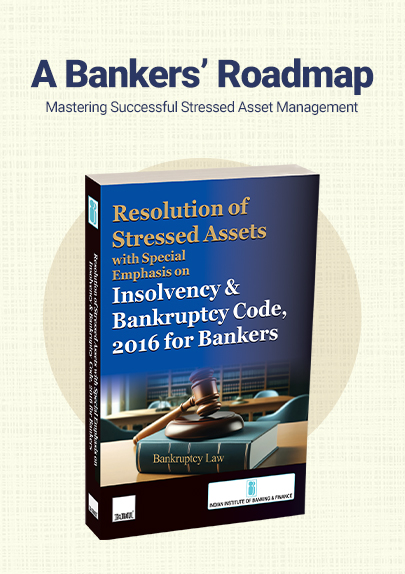Arbitrator to Assess CIRP Plan’s Effect on Applicant’s Claim, as CIRP Was Approved During Arbitration Pendency | HC
- Blog|News|Insolvency and Bankruptcy Code|
- 2 Min Read
- By Taxmann
- |
- Last Updated on 26 December, 2024
Case Details: PME Power Solutions (India) Ltd. v. Airen Metals (P.) Ltd. [2024] 169 taxmann.com 465 (HC-Rajasthan)
Judiciary and Counsel Details
- Sudesh Bansal, J.
-
Ms Ankita Kedia & Naman Jain for the Petitioner.
-
Rajesh Gautam & Ajay Kumar Agarwal for the Respondent.
Facts of the Case
In the instant case, the Applicant Company had entered into a purchase agreement with the respondent-corporate debtor for the supply of copper. As per the said agreement, in case of dispute, parties agreed to resolve it same through the arbitration.
The applicant claimed that an excessive payment was made and, hence, the applicant was entitled to a refund of the excessive amount with the interest from respondent company.
Since the dispute of claiming refund/repayment could not be resolved amicably, the instant arbitration application was filed seeking the appointment of a sole Arbitrator for the resolution of such dispute.
The Respondent Company resisted for appointment of an Arbitrator on the ground that after approval of the CIRP plan by the NCLT, the claim of the applicant company had been extinguished and, thus, the appointment of an arbitrator for resolution was not warranted.
It was noted that the CIRP plan had been approved during the pendency of the arbitration application, which had been filed much prior thereto. Thus, on the date of filing of the arbitration application, the claim of the applicant put forth qua respondent company had obviously survived.
High Court Held
The High Court held that the effect of approval of CIRP against the respondent company by the NCLT, on the claim of the Applicant Company, could be seen and decided by the arbitration tribunal, taking into consideration the provision of sections 31(1) and 32A of IBC.
Further, since the dispute between the parties had not been resolved amicably and the arbitration clause contained in the purchase agreement came into play, the instant arbitration application was to be allowed, and the Arbitrator was to be appointed.
List of Cases Referred to
- Mayavati Trading Private Limited v. Pradyuat Deb Burman 2019 8 SCC 714 (para 12).
Disclaimer: The content/information published on the website is only for general information of the user and shall not be construed as legal advice. While the Taxmann has exercised reasonable efforts to ensure the veracity of information/content published, Taxmann shall be under no liability in any manner whatsoever for incorrect information, if any.

Taxmann Publications has a dedicated in-house Research & Editorial Team. This team consists of a team of Chartered Accountants, Company Secretaries, and Lawyers. This team works under the guidance and supervision of editor-in-chief Mr Rakesh Bhargava.
The Research and Editorial Team is responsible for developing reliable and accurate content for the readers. The team follows the six-sigma approach to achieve the benchmark of zero error in its publications and research platforms. The team ensures that the following publication guidelines are thoroughly followed while developing the content:
- The statutory material is obtained only from the authorized and reliable sources
- All the latest developments in the judicial and legislative fields are covered
- Prepare the analytical write-ups on current, controversial, and important issues to help the readers to understand the concept and its implications
- Every content published by Taxmann is complete, accurate and lucid
- All evidence-based statements are supported with proper reference to Section, Circular No., Notification No. or citations
- The golden rules of grammar, style and consistency are thoroughly followed
- Font and size that’s easy to read and remain consistent across all imprint and digital publications are applied






 CA | CS | CMA
CA | CS | CMA


